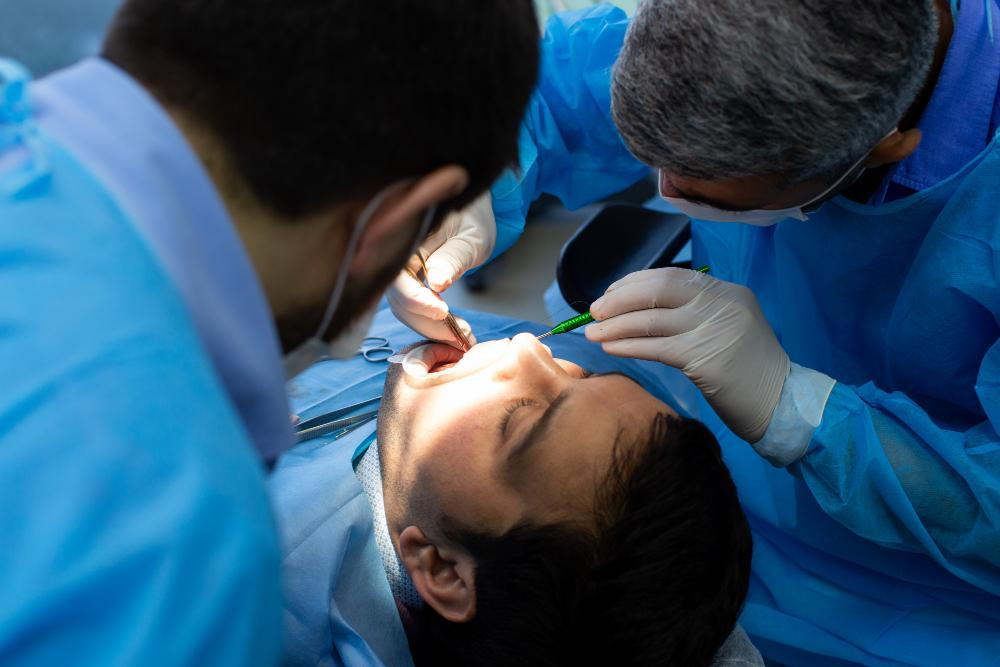
Periodontal illnesses, such as gingivitis and periodontitis, can cause extensive damage to the tooth's supporting components, particularly the alveolar bone. Regenerative approach osseous grafting has developed as a significant treatment in periodontal therapy for repairing lost bone and stimulating tissue regeneration. We will have a look at some of the most prevalent applications of osseous grafting in periodontal therapy and how it might help with periodontal problems. Let’s get started.
Ridge Expansion
Ridge augmentation is one of the most common uses of osseous grafting. When teeth are lost as a consequence of trauma, extraction, or periodontal disease, the alveolar ridge frequently resorbs, resulting in a weak bone structure. Osseous grafting can be used to restore and increase the ridge, resulting in a solid foundation for dental implants or prostheses.
Periodontal Problems
Traditional periodontal therapy is complicated by periodontal abnormalities like intrabony defects and furcation involvements. Techniques such as osseous grafting allow for the regeneration of missing periodontal tissues such as bone, periodontal ligament, and cementum. Grafting materials are used to promote the creation of new bone and aid in the restoration of periodontal health.
GTR Stands for Guided Tissue Regeneration
Guided tissue regeneration is a technique for promoting periodontal tissue regeneration. To construct a barrier between the gum tissues and the defect site, osseous grafting materials can be used in conjunction with specialized membranes. This inhibits the proliferation of undesired cells like epithelial cells while allowing periodontal cells to repopulate and mend damaged areas.
Sinus Enlargement
Sinus augmentation, also known as sinus lift, is a surgery used to raise the bone height in the posterior maxilla in preparation for implant insertion. To fill the area between the sinus membrane and the remnant alveolar ridge, osseous grafting materials are employed. This encourages the production of new bone, allowing for good implant integration and stability.
Socket Protection
Following tooth extraction, the surrounding bone resorbs naturally, resulting in socket deficiencies. For socket preservation, osseous grafting can be used, which includes inserting grafting materials into the extraction socket to retain its proportions and prevent bone loss. This operation creates an ideal environment for future implant implantation, reducing the need for additional bone grafting procedures.
Periodontal therapy has been transformed by osseous grafting, which provides efficient methods for repairing missing bone and stimulating tissue regeneration. Osseous grafting plays an important role in enhancing the success of dental implant procedures and preserving the integrity of periodontal tissues through a variety of applications such as ridge augmentation, periodontal defect regeneration, guided tissue regeneration, sinus augmentation, and socket preservation.
It should be noted that each patient's case necessitates meticulous examination and treatment planning by a skilled dental practitioner. Osseous grafting techniques should only be conducted by competent clinicians who have the appropriate skills and knowledge.
Dental professionals can improve their patients' looks, functionality, and long-term oral health by utilizing the benefits of osseous grafting in periodontal therapy.
